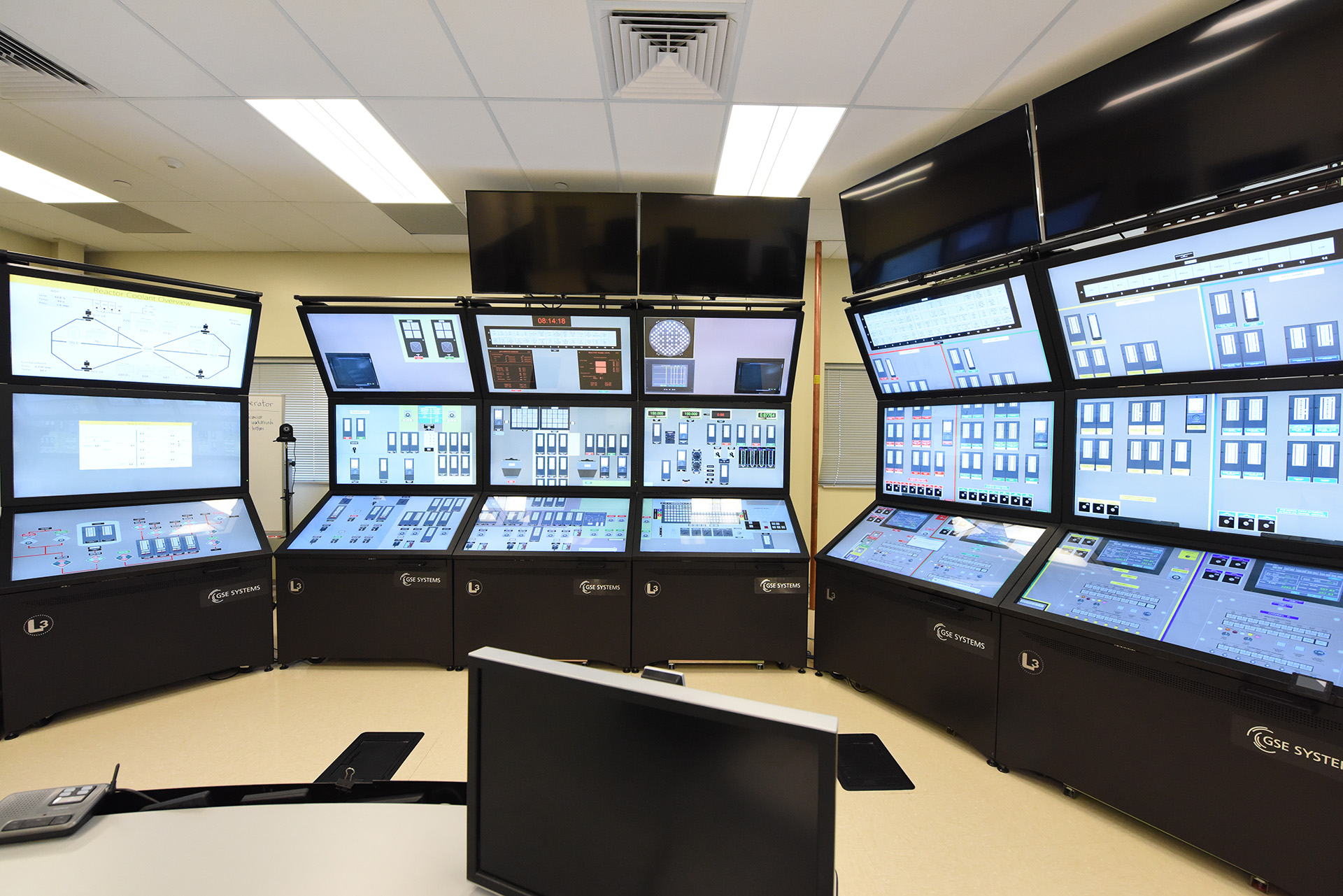
Nuclear Security
Nuclear security is built upon the implementation of relevant international legal instruments, national nuclear laws, policies, regulations, and technical protection measures to prevent the theft or sabotage of nuclear material and nuclear facilities worldwide.
Effective nuclear security enables the peaceful use of nuclear energy, which helps to advance United Nations (UN) sustainable development goals. Incorporating nuclear security concepts and technologies proactively into the next generation of nuclear energy technology and infrastructure will help buyer countries to better meet their international obligations.
The U.S. Department of Energy’s National Nuclear Security Administration (DOE/NNSA) Office of International Nuclear Security (INS) focuses on collaborating with partners on technical solutions for an integrated approach to nuclear security that best positions U.S. technologies for export consistent with international obligations and guidance. To learn more about engaging with NNSA on the global deployment of U.S. civilian nuclear technology, visit the U.S. Nuclear Nexus’ website.
What is Nuclear Security?
The International Atomic Energy Agency (IAEA) defines nuclear security as “the prevention of, detection of, and response to, criminal or intentional unauthorized acts involving or directed at nuclear material, other radioactive material, associated facilities or associated activities.”
Nuclear security is governed by several international instruments, including the Convention on the Physical Protection of Nuclear Material and its 2005 Amendment (Convention or A/CPPNM). It obligates the 125 countries that are party to the Convention to establish enforceable requirements to protect nuclear material and nuclear facilities against theft and sabotage.
NNSA and its national laboratories, through decades of experience securing domestic and international nuclear material, facilities and in transport, lead international efforts to prevent the theft and sabotage of nuclear material and facilities worldwide through bilateral and multilateral capacity building, technical exchanges and innovation.


Why Nuclear Security?
Effective nuclear security contributes to overall national security. Additionally, promoting secure nuclear power generation capabilities can create a foundation for technical cooperation. This cooperation underpins international guidance and national requirements, which form legally binding instruments to help foster nuclear security.
A single nuclear security event at a nuclear power plant anywhere in the world would have a ripple effect on the viability of the entire nuclear power industry. Preventing nuclear terrorism, material theft, and radiological sabotage is paramount to national energy security.
Effective nuclear security planning and implementation reduces these risks and makes U.S. advanced nuclear reactor designs more competitive and their future hosts more resilient to evolving threats. It also better positions international buyer countries to meet both international and national nuclear security requirements and guidance, which ultimately upholds the nuclear security framework and helps it adapt to the next generation of nuclear infrastructure deployments.
What NNSA Tools and Informational Resources Exist for International Nuclear Security?
| Design and Evaluation Process Outline (DEPO) Online Training provides an understanding of the DEPO methodology used to define, design, and evaluate physical protection systems for nuclear facilities. |
| PathTrace© and Scribe3D© deliver intuitive, accessible, and highly visual security analysis software tools for rapid design evaluation of evolving, early-phase, physical security system designs. |
| Sandia National Laboratories’ “Security-by-Design Handbook” (SAND2013-0038) provides guidance on incorporating a physical protection system at the design phase to minimize risks of malicious acts and a strategy to achieve a robust, durable and responsive security system. |
| Idaho National Laboratory’s “Cyber-Informed Engineering” Report (INL/EXT-16-40099) provides a framework to identify and address cyber vulnerabilities in the design process, bridging the gap between engineering design and cyber-security. |
